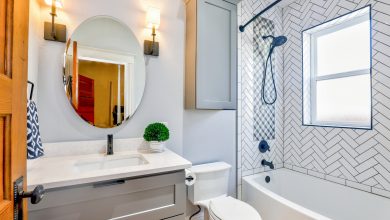The Evolution of Conference Tables: From Boardrooms to Collaborative Spaces

In the realm of business, the conference table has long been an emblem of collaboration, strategy, and decision-making. As the landscape of work continues to evolve, so too does the role and design of the conference table. From traditional boardrooms to dynamic collaborative spaces, the evolution of the conference table reflects changing attitudes towards work, communication, and innovation.
The Traditional Boardroom: A Symbol of Authority
Historically, the conference table has been synonymous with the boardroom – a space where executives and decision-makers convene to discuss important matters and chart the course of their organizations. These tables were often large, imposing structures, typically crafted from solid wood and designed to convey authority and permanence. Surrounding the table were high-backed leather chairs, further emphasizing hierarchy and status.
In this setting, the conference table served as more than just a piece of furniture; it was a symbol of power and prestige. Meetings conducted around these tables were formal affairs, characterized by structured agendas and hierarchical communication patterns. The layout of the room reinforced traditional power dynamics, with the head of the table reserved for the highest-ranking individual, while subordinates sat farther away.
The Rise of Collaboration: Transforming Conference Spaces
In recent years, the traditional boardroom model has given way to more collaborative approaches to work. Organizations recognize the value of fostering creativity, innovation, and teamwork, leading to a shift in the design of conference spaces. The modern conference table is no longer a monolithic structure but a dynamic hub for interaction and idea exchange.
One notable trend is the move towards modular and flexible furniture solutions. Instead of a single large table, conference spaces may feature smaller tables that can be easily reconfigured to suit different purposes – from brainstorming sessions to presentations. These tables are often equipped with built-in technology, such as integrated power outlets and audiovisual connectivity, to support seamless collaboration.
Moreover, the layout of conference rooms has evolved to promote inclusivity and equal participation. Circular or oval-shaped tables encourage face-to-face interaction and create a sense of equality among participants. By eliminating the traditional head of the table, these layouts foster a more democratic exchange of ideas, where every voice is given equal weight.
Beyond the Boardroom: Adapting to Hybrid Work Environments
The COVID-19 pandemic has accelerated the shift towards remote and hybrid work models, presenting new challenges and opportunities for conference table design. With teams dispersed across different locations, the conference table has transcended physical boundaries, becoming a virtual space for online meetings and collaboration.
In response to this trend, conference tables have become increasingly integrated with technology, enabling seamless connectivity between in-person and remote participants. Video conferencing systems, wireless screen sharing, and interactive whiteboards transform traditional conference tables into digital collaboration hubs, where virtual and physical attendees can engage on equal footing.
Furthermore, the concept of the conference table has expanded beyond the confines of the office, reflecting the growing importance of flexible and adaptable workspaces. Remote work hubs, coworking spaces, and coffee shops now serve as alternative venues for meetings and collaboration, blurring the lines between formal and informal work environments.
The Future of Conference Tables: Embracing Sustainability and Wellness
Looking ahead, the evolution of conference tables is likely to be shaped by two key considerations: sustainability and employee well-being. As organizations prioritize environmental stewardship, there is a growing demand for conference tables made from sustainable materials and manufactured using eco-friendly processes.
Additionally, the concept of wellness in the workplace is driving innovation in conference table design. Height-adjustable tables promote ergonomic comfort, allowing users to alternate between sitting and standing positions during meetings. Integrated lighting, acoustic panels, and biophilic elements further enhance the functionality and aesthetic appeal of conference spaces, creating environments that promote productivity and creativity.
In conclusion, the conference table has undergone a remarkable evolution, reflecting broader shifts in work culture, technology, and design. From the imposing boardrooms of the past to the dynamic collaborative spaces of today, conference tables have adapted to meet the changing needs of organizations and their employees. As we continue to navigate the complexities of the modern workplace, the conference table will remain a symbol of connection, creativity, and collective achievement.


